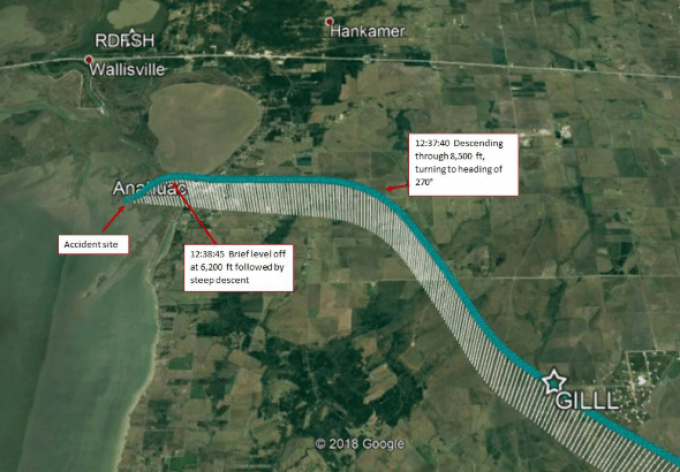So long then, Polar Air Cargo, and thanks for all the theatrics
An uncontrollable carrier?

The three deaths in the Atlas Air crash last year have been blamed on pilot error and the Federal Aviation Administration’s failure to create a central database, which would help carriers see a pilot’s bad track record.
The US National Transportation Safety Board (NTSB) released its ...

Comment on this article